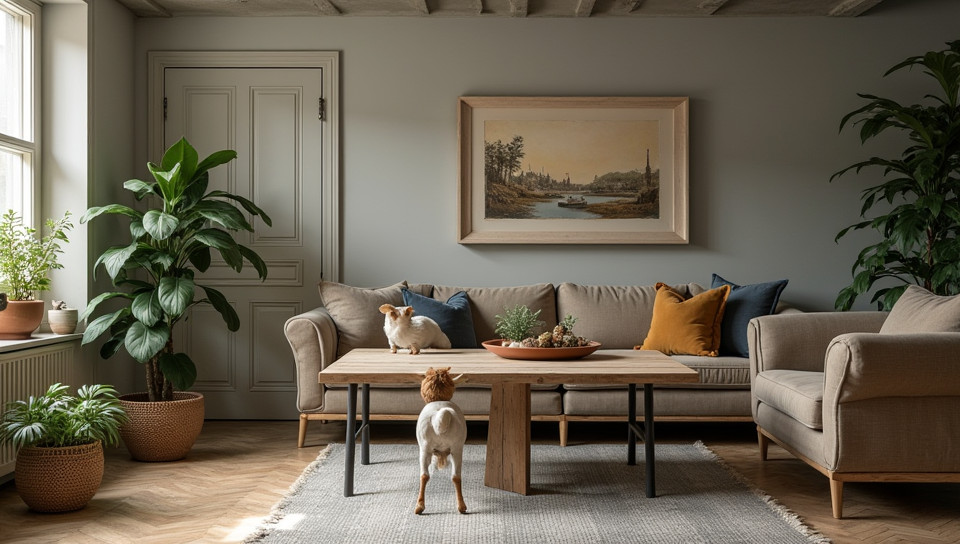Upcycling materials is not always cost-effective 81%

Upcycling: The Double-Edged Sword of Sustainable Design
As designers, artists, and environmentally conscious individuals, upcycling has become a popular trend in recent years. We're encouraged to reuse, recycle, and repurpose old materials to create new, unique pieces that not only reduce waste but also showcase our creativity. However, beneath the surface of this eco-friendly practice lies a more nuanced reality: upcycling is not always cost-effective.
The Allure of Upcycling
Upcycling has gained significant traction in the creative community due to its potential to breathe new life into discarded materials. This approach not only reduces waste but also challenges traditional notions of consumption and design. By transforming old items into something entirely new, upcyclers tap into a sense of creative expression and environmental responsibility.
The Cost Factor
While the aesthetic appeal of upcycled pieces is undeniable, their financial feasibility is often overlooked. The process of collecting, cleaning, disassembling, and reconfiguring materials can be time-consuming and labor-intensive. Additionally, sourcing unique or high-quality materials may require a significant investment of time and money.
Hidden Costs
- Overbuying materials: It's easy to get carried away when browsing thrift stores, garage sales, or online marketplaces for materials. The initial excitement can lead to purchasing more than needed, which ultimately increases costs.
- Time spent on research and experimentation: Upcycling requires patience, trial-and-error processes, and often extensive research to find the right techniques and materials.
- Material preparation: Cleaning, disassembling, and reconfiguring materials can be a lengthy process, taking away from other productive activities.
The Opportunity Cost of Upcycling
The time and resources invested in upcycling could be spent on more efficient design methods or projects that yield higher returns. For instance, designing products using sustainable, low-waste materials from the outset may be a more cost-effective approach than repurposing materials through upcycling.
Conclusion
While upcycling is an innovative way to reduce waste and promote creativity, it's essential to acknowledge its limitations. As designers and makers, we must consider not only the environmental benefits but also the financial implications of our choices. By understanding the potential drawbacks of upcycling, we can make informed decisions about how to balance creative expression with practical considerations, ultimately leading to more sustainable and cost-effective design practices in the future.
- Created by: Yǔzé Ko
- Created at: Aug. 26, 2024, 9:53 p.m.
- ID: 8471





